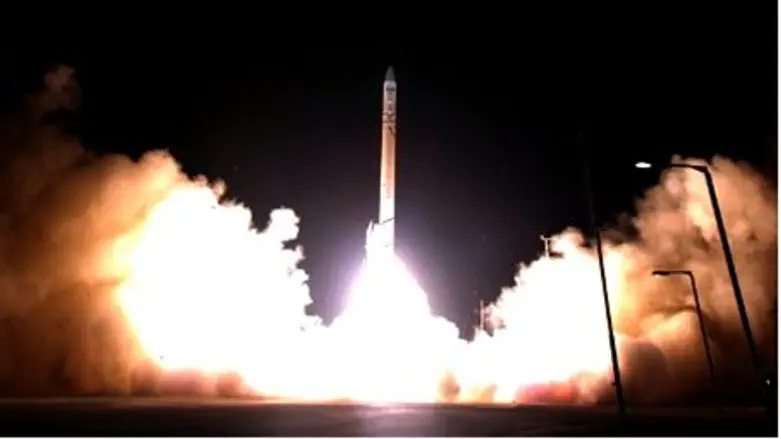
Space combat has long been relegated to science fictions films, but revelations by a top US Air Force commander show that futuristic warfare has already arrived, as China is rapidly developing its capabilities to fight in space and America is boosting its own preparedness.
Air Force Gen. John Hyten, head of the Air Force Space Command, told CBS News on Sunday in a 60 Minutes program that the growing threat from China in space is leading the US to develop new space weapons, reports Washington Free Beacon.
"It’s a competition I wish wasn’t occurring, but it is," said Hyten. "And if we’re threatened in space, we have the right of self defense and we’ll make sure we can execute that right.”
Asked if the defense will include military force, Hyten said "that’s why we have a military...I’m not NASA.”
Discussing the threat posed by China's space program to American military satellites, he said some satellites can maneuver to dodge attacks, but older versions do not have that ability.
"It depends on the satellite...when it was built...how old it is...when we know the threat is coming," said Hyten.
In the TV program, it was reported that the US is spending roughly ten times more on space programs than China is, with the US military space budget reaching around $25 billion per year, including covert projects and spy satellites.
The program also revealed the US Air Force's new space warfare system, a laser-guided telescope in Albuquerque, New Mexico, which can track satellites and appraise threats in real-time.
"Every satellite can be attacked"
Hyten's warnings echo statements on March 26 at the House Armed Services subcommittee, in which Air Force Lt. Gen. John Raymond, commander of the Joint Functional Component Command for Space, warned about the scope of the threat.
"We are quickly approaching the point where every satellite in every orbit can be threatened," Raymond warned.
The Chinese space threat is compromised of numerous means of attack, with previous tests including ground-based missiles able of taking down satellites, and ground-based lasers capable to destroying optics and electronics on satellites in space. Their arsenal also includes small satellites built to crush other satellites.
All of these space weapons have the ability to cripple US military communications, navigation, targeting and other sensitive capabilities essential in modern warfare, leaving the US at a major disadvantage.
Washington Free Beacon noted that a 2010 book published by the People's Liberation Army, entitled "Satellite Navigation and Positioning: Rationale and Jamming," gives an in-depth discussion of using "concomitant" or associated satellites in an active military role to jam signals and even take control of enemy satellites.
To counter the growing threat, the Pentagon reportedly will spend an extra $5 billion over the next five years to further boost its space defenses.